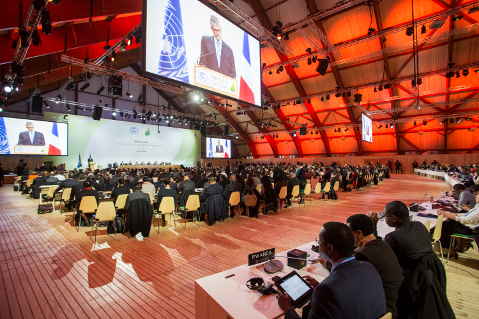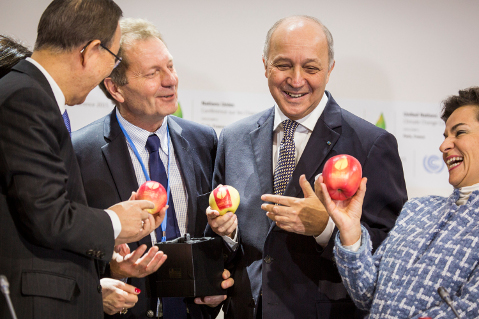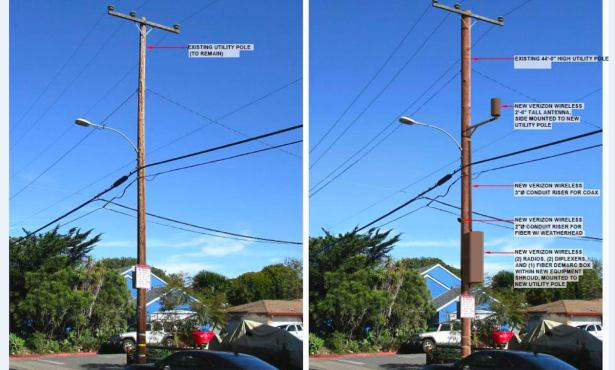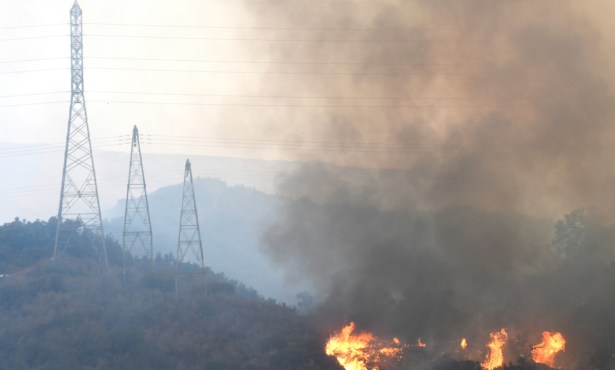The Paris Project: The Second Half Begins
'Week of Hope' Brings Ministers with Authority to Approve Accord

The grind is upon us. After a somewhat quieter weekend at Le Bourget conference center here in Paris, the UNʼs Climate Conference came roaring back to life on Monday as Foreign Ministers arrived en masse for the final phase of the two-week conference. This is the home stretch, sports fans. If a deal is going to get done, it is going to happen in the next couple of days, and it is going to be have be agreed upon by the new blue suits in town. They have a power of authority that their negotiating teams do not. It is officially go time.
So where are we, exactly? Well, on Saturday night, the latest incarnation of the draft text, now slimmed down to 29 pages from its pre-conference heft of over 50, was presented to COP21 President and French Foreign Minister Laurent Fabius. More telling, those pesky open brackets in the text, the things that denote areas of specific contention betwixt parties, have been reduced from over 1,000 to 567. Of course, the bracket tally has to hit zero for a deal to be done but, at least in a simple mathematical sense, progress is being made at a rate relatively consistent with the pace of the two-week meeting set to wrap early this coming Friday evening Paris time. As Fabius said on Monday afternoon, “This is the beginning of the week that I like to call ʻThe Week of Hope.’”

The issues at hand in the remaining brackets are, by and large, representative of multinational disagreements over four main issues: differentiation (i.e., the historical United Nations manner of doing business that splits folks into either the developing countries group or the already developed country camp), ambition (Who will pledge what in regard to emissions cuts and when? Will it try and keep temperature rise below 2 degrees Celsius or 1.5°C?), means of implementation (How will cuts actually happen, and how will they be monitored/enforced? What will define transparency?), and, lastly, adaptation (How will less fortunate countries and nations on the front lines of climate change be supported by the bigger, more fiscally stable countries in their efforts to combat and deal with climate chaos? In short, who will pay for the $100 billion Global Climate Fund and how often?). Fabius put it simply on Monday, “A resolution is dependent on these issues.”

From here on out, Fabius and his team of facilitators are running the negotiation show. To that end, in a uniquely French twist, Fabius has convened what he is calling the Comité de Paris, a hand-selected body of linguistic and legal experts who are also representatives to the United Nations. A sort of League of Super Heroes, this 14-person entity (that includes the COP21 president himself) is made up of two ministers from each of five world regions identified in the UN, one minister from the alliance of small island nations, and two cochairs, appointed by Fabius, Jimena Carrasco from Colombia and Peter Horne of Australia. This team is charged with hosting a number of smaller informal negotiation sessions over the next two days aimed specifically at the aforementioned four main issues of contention and all the ways they cross-cut nearly every remaining part ofthe talks. They will gather key players from the more brinksmanship-inclined nations and try to get them to play nice. On Saturday night, while announcing his plans for the Comité, a markedly emotional Fabius summed up his motivation, “Weʼre talking about life itself … I intend to muster the experience of my entire life to the service of success for next Friday.”

It is the work from these smaller sessions and, of course, the many other formal and informal horse-trading sessions going on essentially all day and much of the night at Le Bourget that will become yet another version of a draft text by Wednesday morning. The hope then, according to Fabius, is that a more or less final draft will be delivered at some point on Thursday in order to be translated and prepared for possible ratification Friday. Of course, as COP21 Executive Secretary Christiana Figueres told us Monday, “Those of you who have been with us a while know that if you want to make God laugh, just make a plan.”


